1. Homes in High-Flood Zones
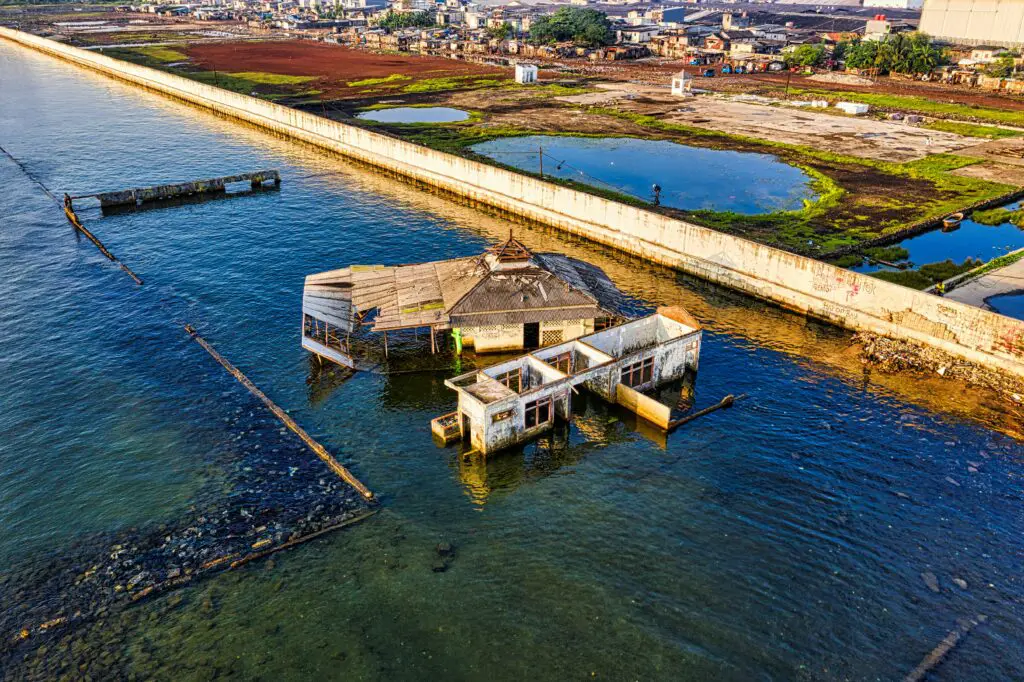
While waterfront views are beautiful, homes in high-flood zones come with expensive flood insurance, potential water damage, and an increased risk of natural disasters. Repairs after flooding can be extensive and costly, so it’s best to look for properties in lower-risk areas.
2. Houses with Poor Foundation
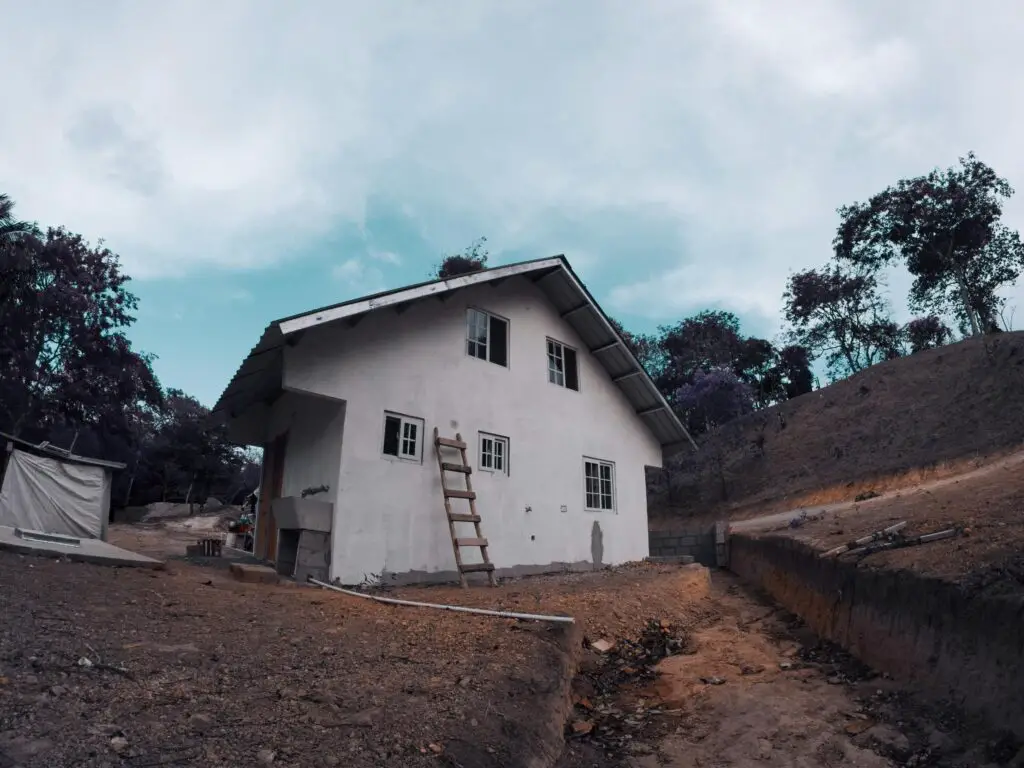
A home with a cracked or shifting foundation can lead to structural issues that are difficult and expensive to fix. Foundation problems can cause doors and windows to misalign, walls to crack, and floors to slope, making it a costly investment. Always have an inspector check the foundation before committing.
3. DIY Renovation Disasters
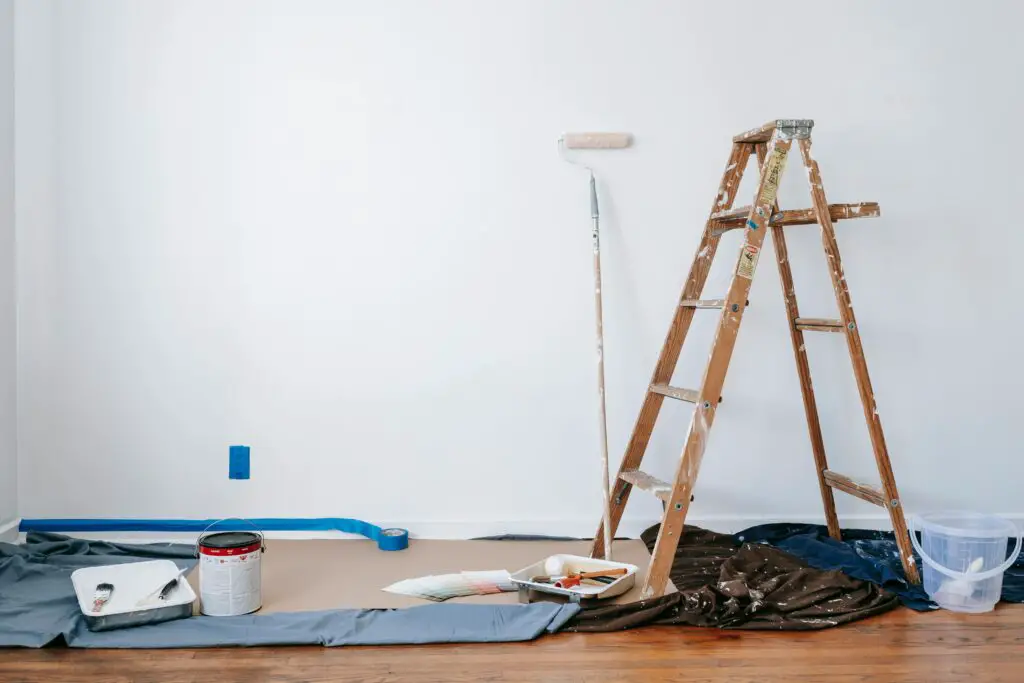
While a fixer-upper can be a good investment, homes with poorly executed DIY renovations often require extensive rework. Structural mistakes, unsafe electrical wiring, and poor plumbing are common in these properties. Opt for a professionally renovated home, or be prepared for high costs to make it safe and livable.
4. Homes in Declining Neighborhoods
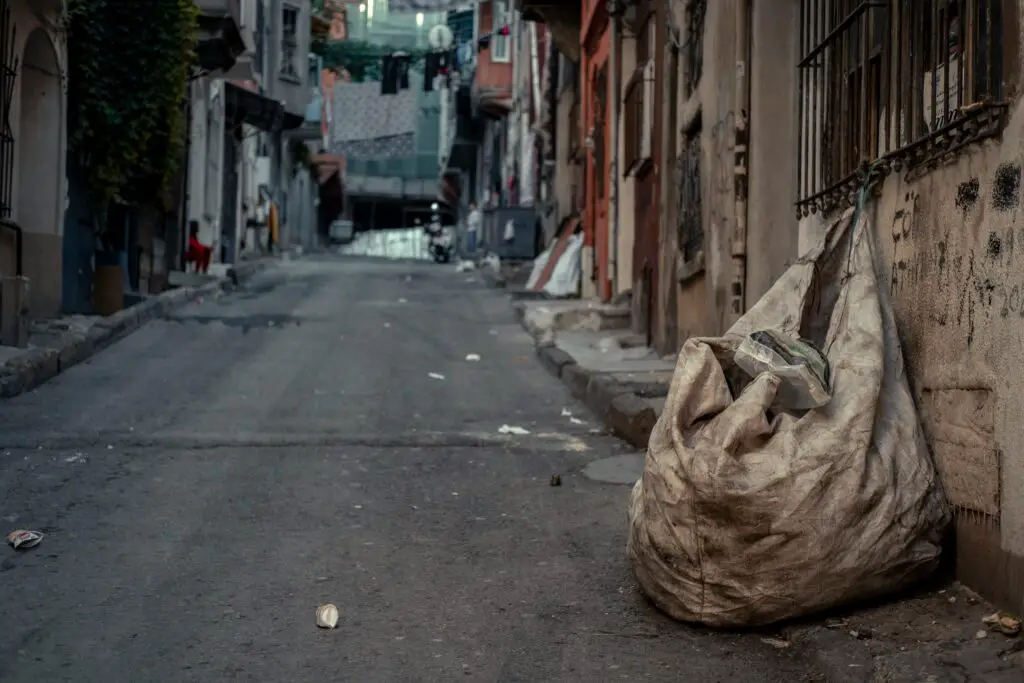
Even if a home itself looks great, buying in a neighborhood with high crime rates or declining property values can affect resale potential. Look for stable or up-and-coming neighborhoods where you’re more likely to see long-term value appreciation rather than depreciation.
5. Properties with Extreme Layouts

Houses with unconventional layouts—like bathrooms in strange locations, tiny kitchens, or missing essential rooms—can make daily life inconvenient and hard to adapt to your needs. Such designs can also be challenging to sell in the future, as they may not appeal to most buyers.
6. Homes with Environmental Hazards
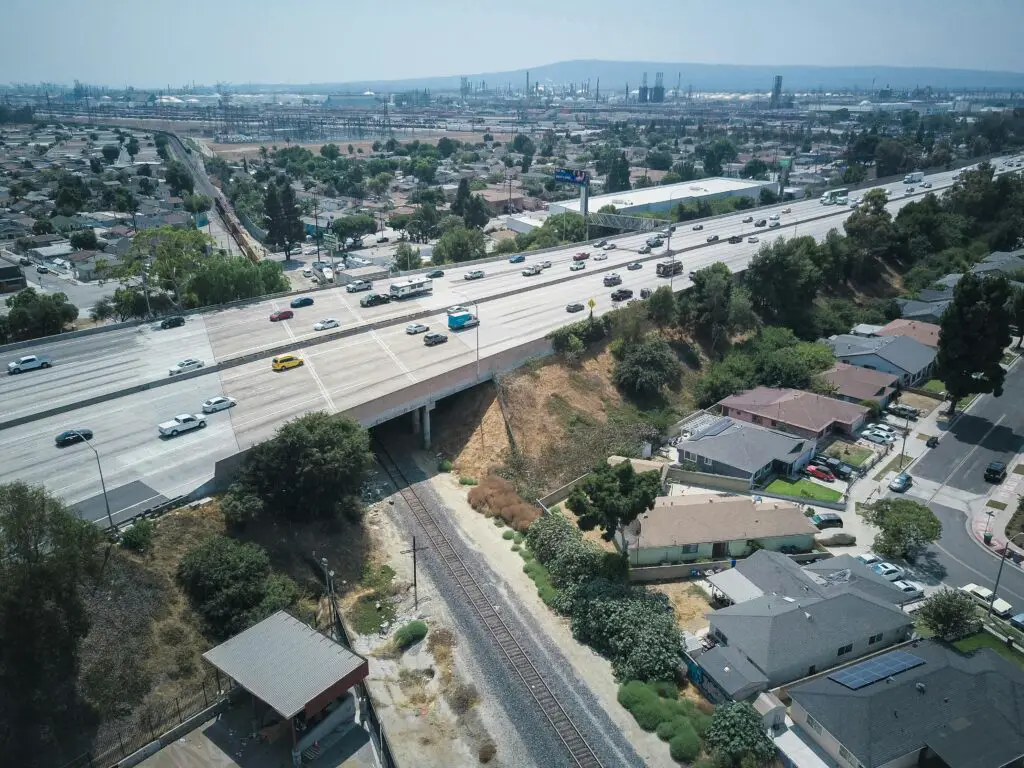
Properties near landfills, industrial sites, or highways may have increased air pollution, noise, or even toxic soil. These issues can negatively affect your health and reduce resale value. Research the surrounding area carefully and consider the potential long-term impact on your quality of life.
7. Old Homes with Outdated Electrical Systems
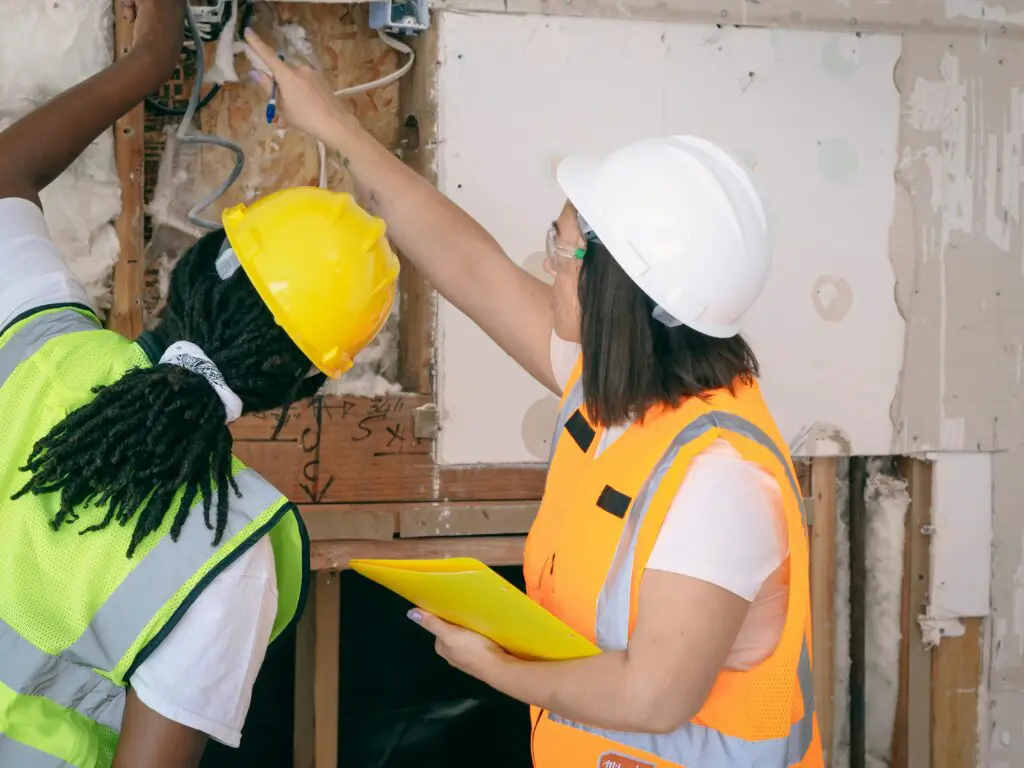
Historic homes may have charm, but if they have outdated electrical systems, they can be dangerous and expensive to update. Old wiring can be a fire hazard, and the cost of rewiring an entire home can be substantial. Make sure any older home has a modern, safe electrical system before buying.
8. Houses with Major Plumbing Issues
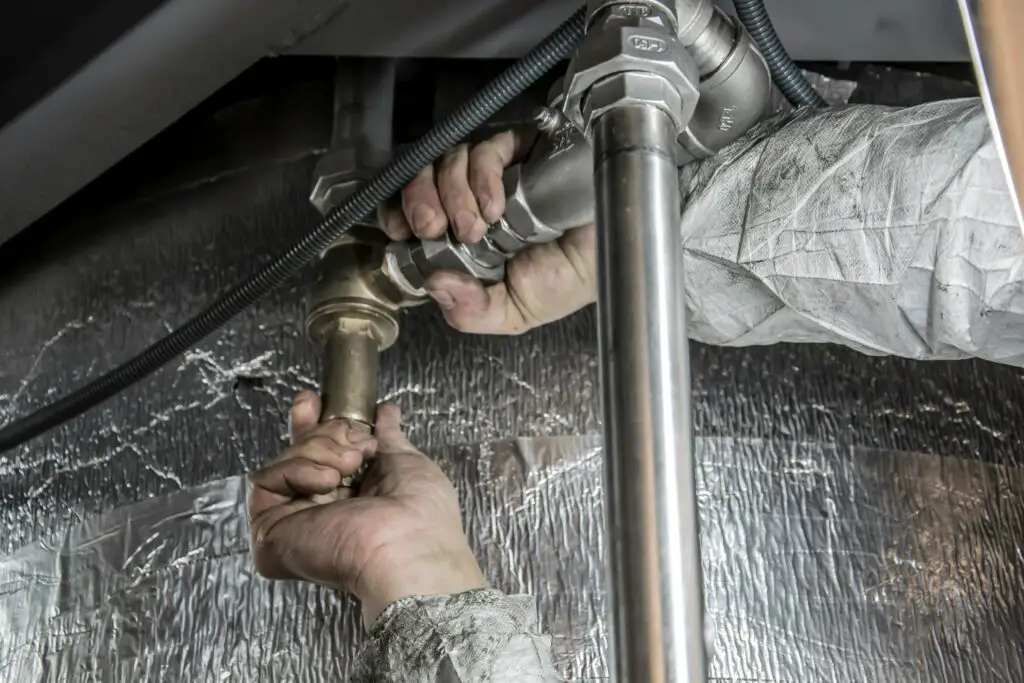
Leaking pipes, poor drainage, or outdated plumbing can result in serious water damage, mold, and high repair bills. Plumbing overhauls can be costly and disruptive, so avoid homes with signs of water damage or old, corroded pipes unless you’re prepared to invest in a full upgrade.
9. Overly Customized Homes
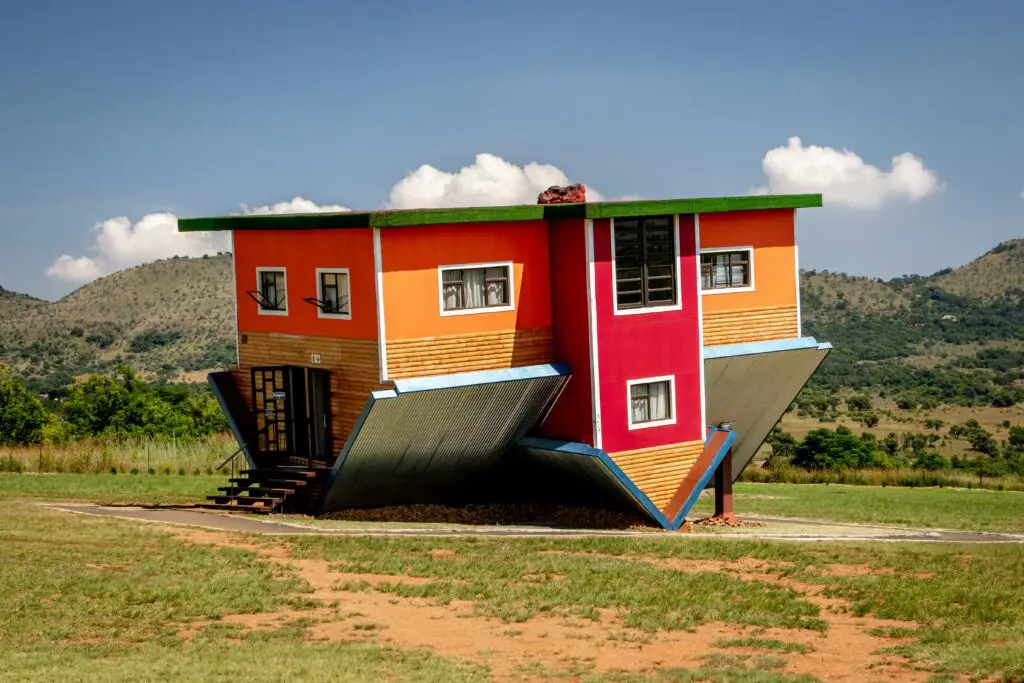
Houses with niche designs, custom features, or highly personal decor might seem appealing to a specific taste but can be difficult to resell. Unique design choices often limit a home’s market appeal, making it a harder sell in the future and potentially lowering the value.
10. Houses with Bad Roofs
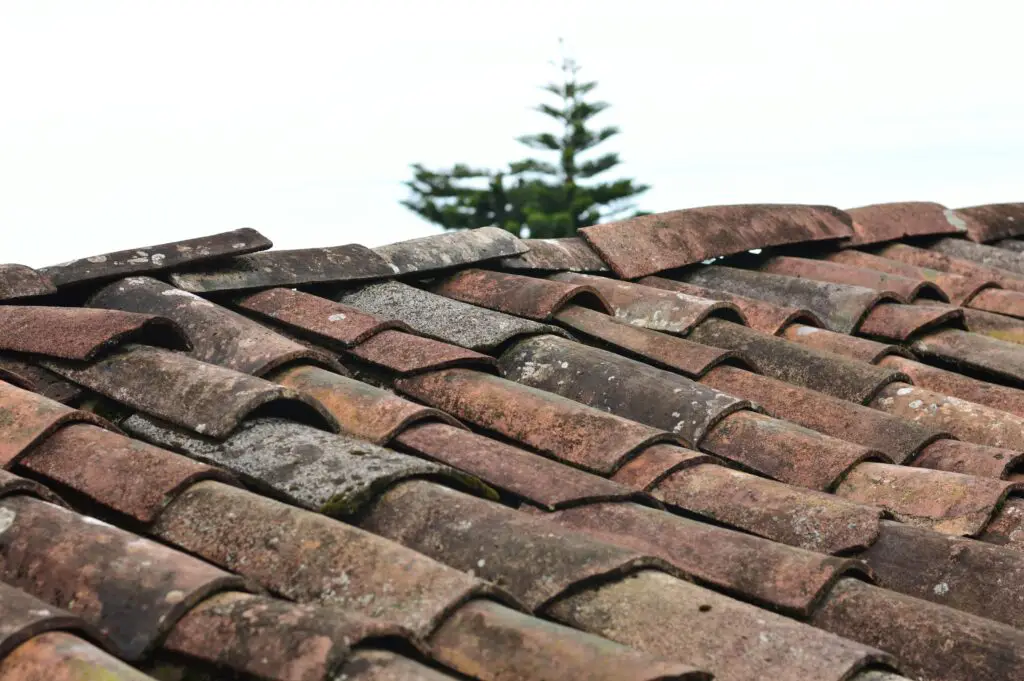
A roof in poor condition can lead to costly repairs and potential water damage inside the home. Replacing a roof is a significant expense, so avoid homes with visible damage or old, worn-out roofing unless the price reflects this cost.
11. Properties with Unpermitted Additions
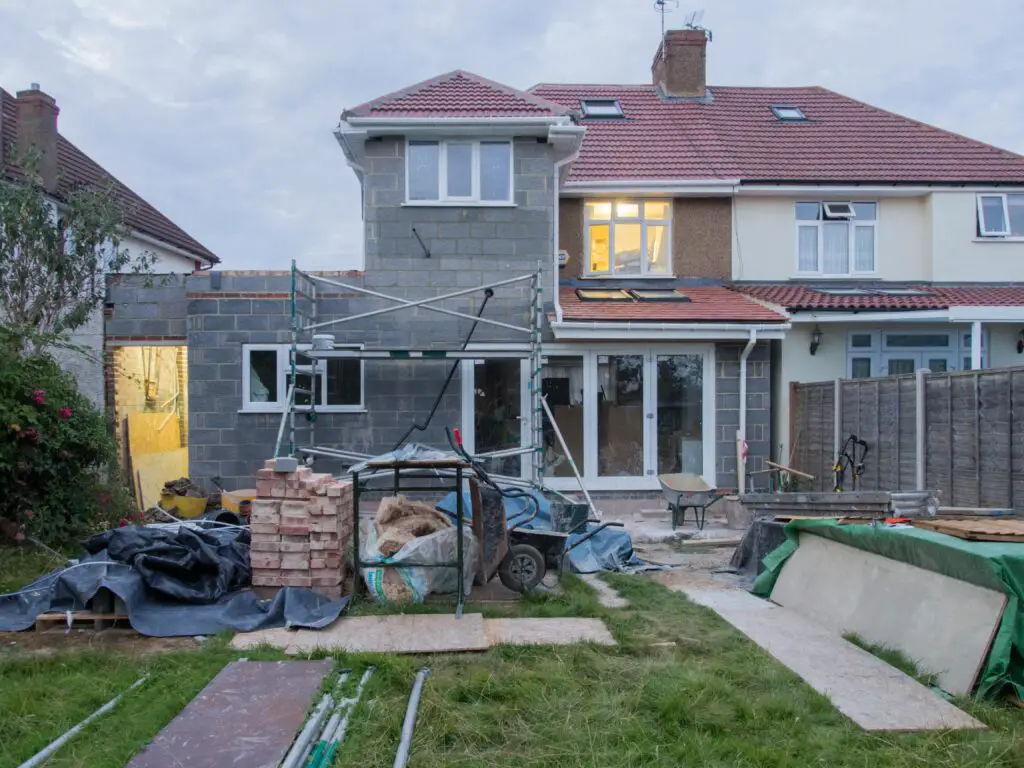
Unpermitted additions can cause major legal and financial headaches. If the additions don’t meet local building codes, you may be required to remove or redo them, and they won’t be factored into the official property value. Always check with the city or county to ensure all parts of the home are permitted.
12. Homes in Overdeveloped Tourist Areas

Buying a home in a busy tourist area may sound appealing, but it often means higher property taxes, inflated prices, and constant foot traffic. High tourism also puts extra strain on local services, and the market may be more volatile in these areas, affecting your long-term investment.
Choosing the right home involves considering not only the house itself but also its location, condition, and resale potential. Steering clear of these high-risk properties can help you make a more secure, long-lasting investment.
